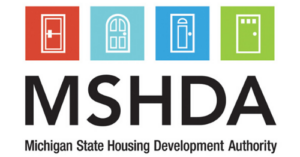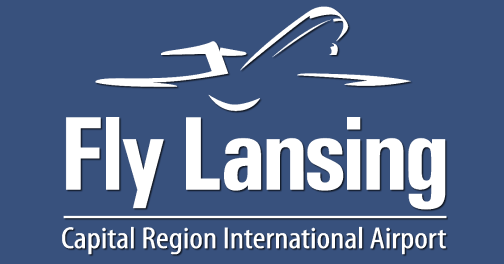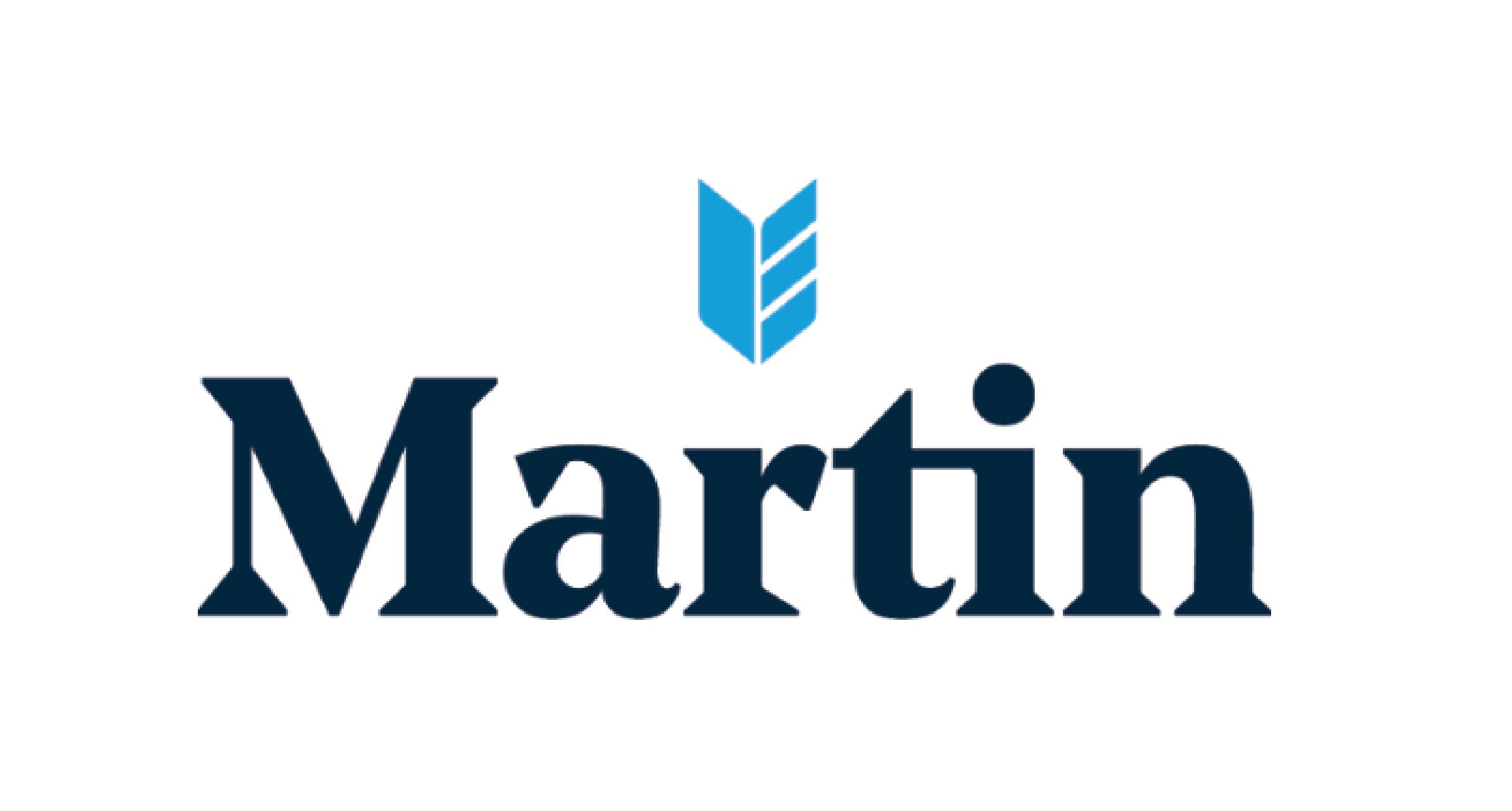
THE CORONAVIRUS AID, RELIEF, AND
ECONOMIC SECURITY (CARES) ACT
HIGHER EDUCATION INSTITUTIONS – $14.25 billion from the Education Stabilization Grant: The amount your institution will receive will be though a formula based on the number of full-time Pell students in attendance and distributedthrough the same mechanism. These funds may be used to defray expenses caused by the Coronavirus public health response, such as:
• Lost revenue from room and board, enrollment, and other services your institution
provides to students and the broader community
• Technology costs associated with a transition to distance education
• Grants to students for food, housing, course materials, technology, health care, and child
care
$3 billion in state discretionary funds: Governors in each state will receive a share of this fund to allocate at their discretion to districts or institutions of higher education. Emergency funds for colleges and universities would be provided in the form a grant.
No campus-based aid matching requirement: The Department of Education is authorized to waive the institutional matching requirement for higher education campus-based aid programs and will authorize institutions to transfer unused work-study funds to be used for supplemental grants.
Supplemental Educational Opportunity Grants: The Department of Education will authorize institutions of higher education to award additional supplemental grants as emergency grant aid to student impacted by Coronavirus.
Federal Work Study: You may issue work study payments even if a student is unable to work due to workplace closures caused by Coronavirus. Payments can be made in lump sum or in payments similar to paychecks. More information about Federal Work Study programs during this public health emergency can be found here. If you are student in work study, contact your school’s financial aid department.
FINANCIAL AID RELIEF
Students with Pell Grants: If you withdraw from enrollment due to the Coronavirus, that term will be excluded from calculating your lifetime eligibility for Pell so it does not count against you. Your grades from the term will not affect your ability to continue to receive grants. You are not required to return unused Pell Grants to Education Department.
Students with federal student loans: If you withdraw from enrollment due to the Coronavirus, that term will be excluded from calculating your lifetime eligibility for subsidized loans so it does not count against you. Your grades from the term will not affect your ability to continue to receive loans. You are not required to return unused loans to the Education Department, and the Education Department will cancel the portion of student loans taken out for that semester (or equivalent).
Students in Federal Work Study: Your school may issue work study payments even if you are
unable to work due to workplace closures caused by Coronavirus. Payments can made in lump sum or in payments similar to paychecks. More information about Federal Work Study programs during this public health emergency can be found here. If you are student in work study, contact your school’s financial aid department. Contact your school’s financial aid department for more information.
Payments cancelled for federal student loans: Payments on federal student are cancelled through September 30, 2020, both for outstanding interest and the principal. Interest accrual for the loans is suspending for 6 months. You will continue to receive credit toward Public Service Loan Forgiveness, Income-Driven Repayment forgiveness, and loan forgiveness over this time, as is applicable. In August, you will receive a notice before regular loan payments will resume at the end of September. The notice is to provide a transition period, during which you can consider enrolling in another relief option at that time, such as income-driven repayment.
K-12 SCHOOLS
$13.5 billion from the Education Stabilization Grant: This grant will be distributed by formula to states on same basis as Title I-A. The state will distribute the funds to districts for Coronavirus-response activities. Examples of these activities include:
• Planning and coordinating for long-term school closures
• Purchasing educational technology to support online learning for all students
• Additional activities authorized by federal elementary and secondary education law
• Providing principals and other school leaders with resources to address the needs of their schools
• Activities to address the unique needs of low-income children, students with disabilities, students experiencing homelessness, and foster care youth
• Providing mental health services and supports
Contact the Michigan Department of Education for further information: https://www.michigan.gov/mde/0,4615,7-140-83834—,00.html
$3 billion in state discretionary funds: Governors in each state will receive a share of this fund to
allocate at their discretion to districts or institutions of higher education. The Michigan Department of Education will direct funds toward districts that have been the most significantly impacted
by Coronavirus. The funds will support the ability of districts to continue to provide educational
services to students and for ongoing operations.
Contact Governor Whitmer’s office or the Michigan Department of Education for further information: https://www.michigan.gov/whitmer/0,9309,7-387-90498_90663—,00.html and
https://www.-michigan.gov/mde/0,4615,7-140-83834—,00.html
National Emergency Education Waivers: The Secretary of Education has been directed to create a streamlined process for waiver applications of certain Elementary and Secondary Education Act (ESEA) topics for this academic year, including assessments, school identification, and reporting requirements linked to those assessments. The Secretary has authority to issue targeted waivers of other requirements, including the ability for federal education grantees to spend their federal dollars over longer periods of time. In addition, the Secretary is directed to issue a report with any recommendations for additional waivers that may be needed under the ESEA, the Carl Perkins Career and Technical Education Act, IDEA, and the Rehabilitation Act of 1973.
If you have any additional questions about the federal resources available, please go to
www.peters.senate.gov/coronavirus.
###{{cta(‘24284e5c-9acb-489e-9750-6109028db325’)}}







